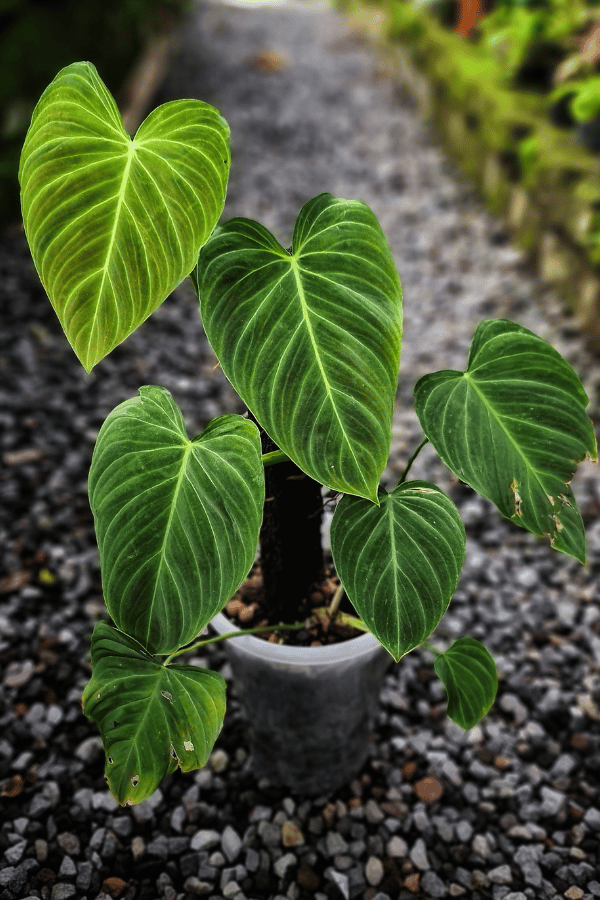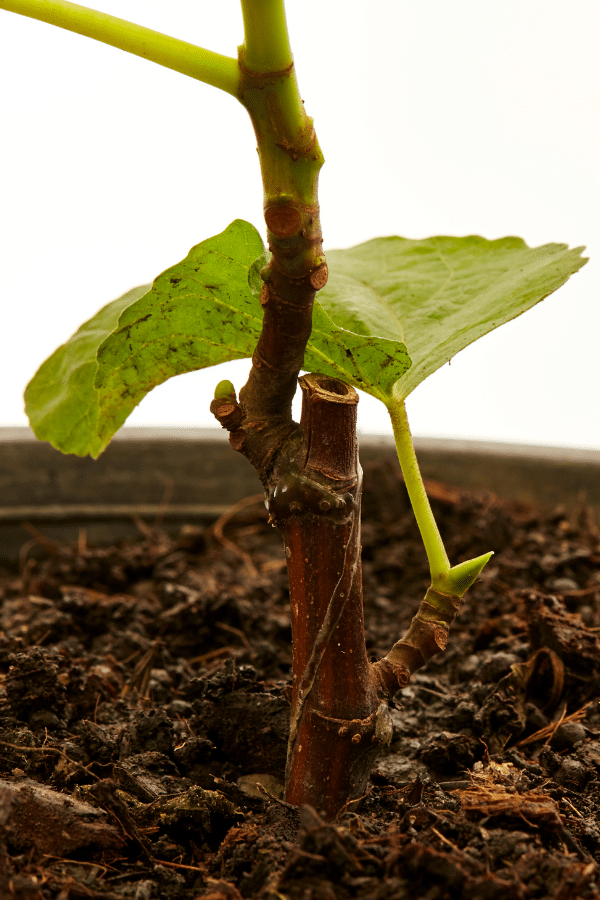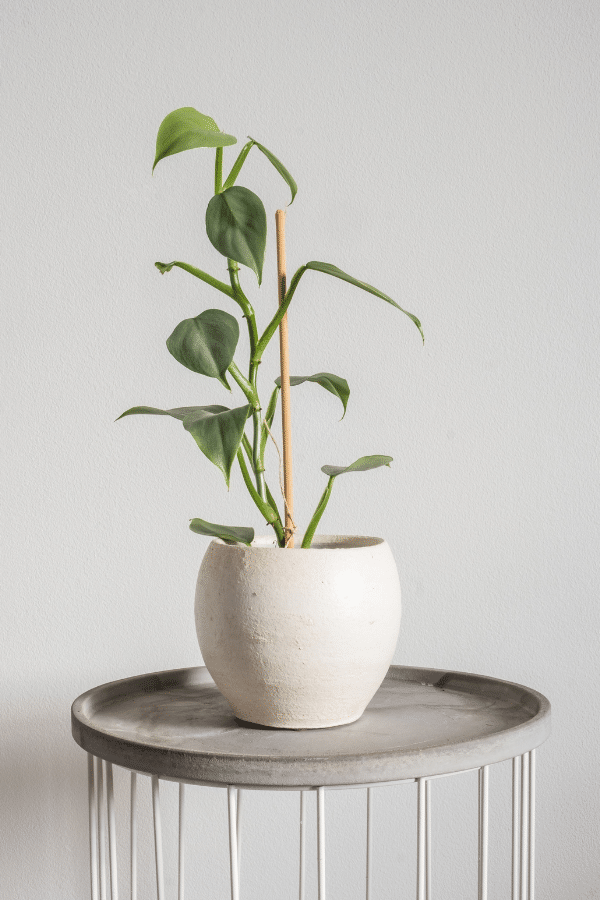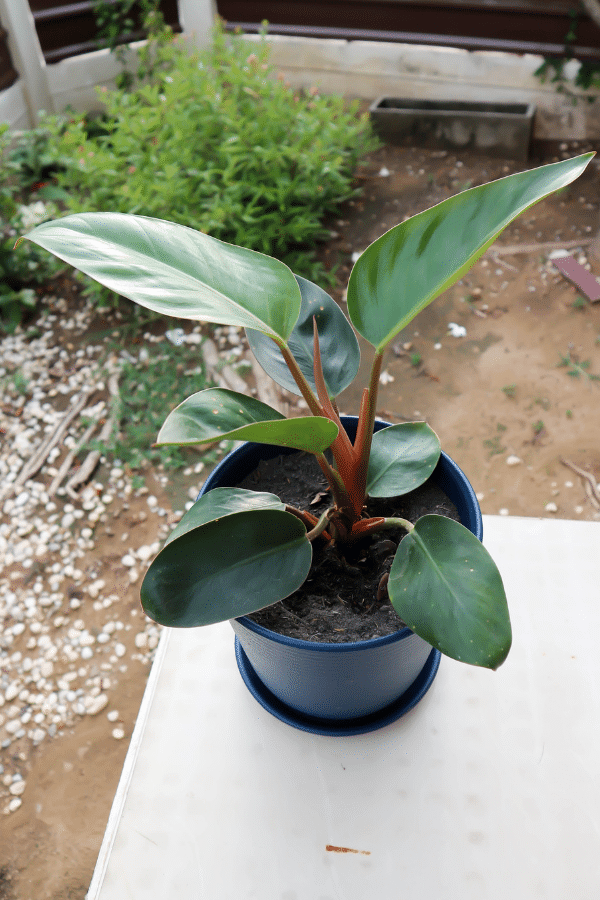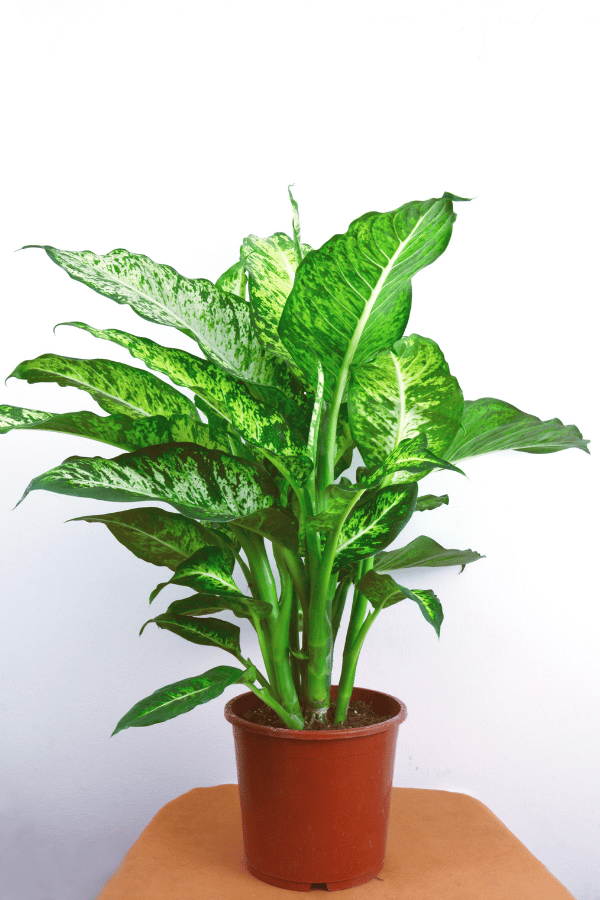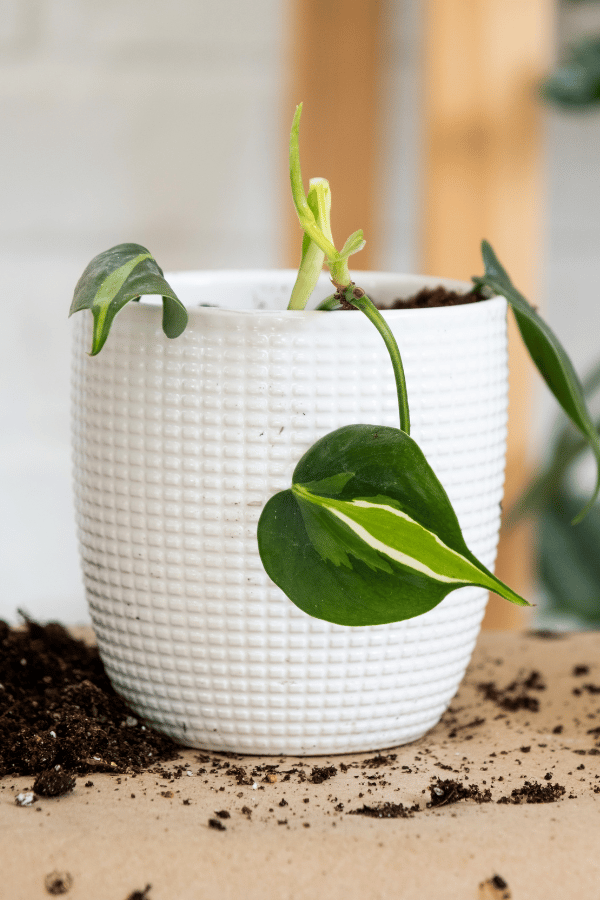Nerve Plant (Fittonia Albivenis)
Scientific Name: Fittonia Albivenis
Nerve Plant care is an easy Fittonia to grow and care for. If you are looking for a small tabletop plant with striking small foliage, a Fittonia Albivenis plant may be for you.
To give this Fittonia plant the best care, it requires well-draining soil, water the plant when the top inch of the soil is dry, provide it with bright indirect sunlight, temperatures ranging from 60-80F, and high humidity levels.
Quick Care Overview
| Common Name | Nerve Plant |
| Scientific Name | Fittonia Albivenis |
| Family | Acanthaceae |
| Origin | South America |
| Growth Rate | Slow |
| Identification | Ovate foliage with colorful leaves and striking veins |
| Height | Up to 6 inches tall |
| Soil | Well-draining soil |
| Water | Water when the top inch of soil is dry |
| Temperature | 60-80F |
| Sunlight | Bright indirect sunlight |
| Toxic to Cats & Dogs | No |
| Toxic to Humans | No |
| Pests | Mealybugs, fungus gnats, aphids |
| Diseases | Root rot |
Below we will dive deep into this Nerve Plant care guide.
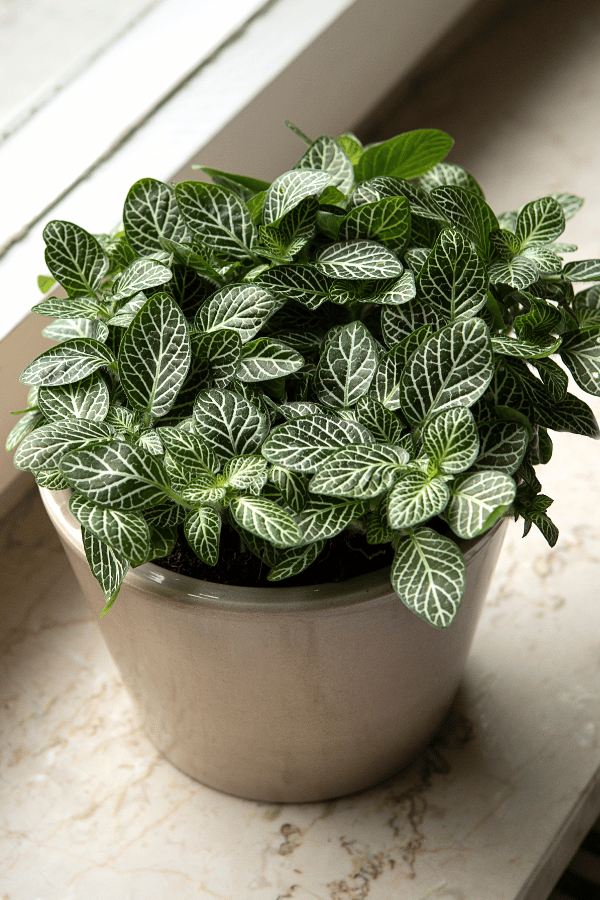
Nerve Plant History
Fittonia Albivenis, the Nerve Plant, is a lovely spreading perennial with dark-green ovate foliage with delicate colored veining. Veining may come in pink, white, green, or silver. This slow-growing evergreen will rarely flower when cultivated indoors.
Nerve Plant Identification
Nerve Plants can be identified by their broad, ovate colorful leaves with striking veins. Fittonia plants will bloom on occasion producing small white or red flowers. However, this plant is primarily grown for its gorgeous foliage.
Nerve Plant Growth Facts
Nerve Plants have a ground cover growth habit that will proliferate if given the proper care.
How Big Does a Nerve Plant Get?
The nerve plant will grow to 6 inches tall with an 18 inch spread.
Nerve Plant Care
Nerve Plants are tricky to care for and, therefore, not considered an excellent choice for beginners. The nerve plant requires high humidity and consistent moisture.
Nerve Plant Soil
This Fittonia will grow well in standard commercial potting soil. It is not finicky regarding what growing medium it is placed in, as well as it is well-draining and can retain some moisture. Ensure that you select a container with ample drainage holes. You may increase the drainage capacity of your growing medium by incorporating handfuls of perlite in with your potting soil.
Nerve Plant Fertilizer
During the warm growing season of spring and summer, your nerve plant will benefit from a monthly feeding from a diluted balanced liquidly fertilizer indicated for houseplants. Additionally, fertilization may be halted in fall and winter. Ensure you do not overfertilize, as this may cause permanent damage due to chemical burn.
Nerve Plant Watering
The Nerve Plant needs to remain consistently moist to thrive. This plant should never be allowed to dry out completely. However, oversaturating your plant with water or allowing it to sit in standing water will also lead to issues. Water your nerve plant after the top 1-2 iinches of soil has dried. Watering frequency may be reduced in the winter.
Nerve Plant Light Requirements
This tropical plant likes to remain in bright indirect light. Therefore, a northern-facing window or bright fluorescent lighting will be perfect for this plant.
Nerve Plant Temperature & Humidity
Fittonia Albivenis will thrive if kept in warm, humid conditions. You should strive to keep your Nerve Plant at average indoor temperatures, between 60-80 degrees Fahrenheit. You should not expose your Nerve Plant to temperatures below 55 degrees Fahrenheit, as this may cause permanent damage. Avoid placing your nerve plant near cold windows, AC units, heaters, drafts, or vents.
Additionally, this rainforest native will prefer consistent high humidity. It is crucial never to let these plants dry out. Therefore, installing a humidifier, constant misting, and growing your plant in a terrarium or humid bathroom may be necessary for your nerve plant to thrive.
Repotting Nerve Plant
You should repot your Fittonia annually in the spring. Select a container that is 1-2 inches larger than the previous one. Repot your plant, refresh the soil, tamp lightly, water thoroughly, and place your plant in indirect light.
Nerve Plant Maintenance & Pruning
Periodically inspect your plants for dead, diseased, or discolored stems. Pinch off any unsightly or leggy stems to encourage growth. Additionally, blooms may be removed to promote foliage growth.

Nerve Plant Propagation
You may propagate Fittonia Albivenis quickly through stem cuttings. Propagation is best done in late spring during repotting. Remove a stem at an angle using sharp, clean shears to take a cutting. The stem should have at least two nodes. Place the cutting(s) into soil, place in indirect light, and keep moist. Roots should appear within three weeks.
Nerve Plant Toxicity
Toxicity to Humans
Nerve Plants are considered non-toxic to humans. However, they are not considered edible.
Toxicity to Cats & Dogs
Luckily, Nerve Plants are not considered toxic to cats or dogs and are safe to keep around your pet. However, it would be best if you did not allow your pet to consume this plant as it may cause damage to your plant and cause digestive upset to your animal.

Nerve Plant Problems
Nerve Plant Leaves Turning Yellow
If the foliage of your Nerve Plant turns yellow, it likely indicates that your plant is receiving too much water or does not have proper drainage. Ensure you do not allow your plant to sit in standing water within the plant container’s drainage tray.
Nerve Plant Leaves Turning Brown
When it comes to Nerve Plant foliage browning, it is typically due to a lack of moisture or too intense direct sunlight.
Nerve Plant Diseases
Fittonia is not known to suffer from any plant disease in particular. However, your nerve plant may suffer from issues related to overwatering, such as root rot. Therefore, ensure that you do not overwater your nerve plant or allow it to sit in standing water within the plant container’s drainage tray.
Nerve Plant Pests
Fittonia Albivenis may experience issues with pests such as fungus gnats, mealybugs, or aphids. Upon identification of an infestation, isolate your plant, and treat it with a pesticide, such as neem oil or insecticidal soap.

